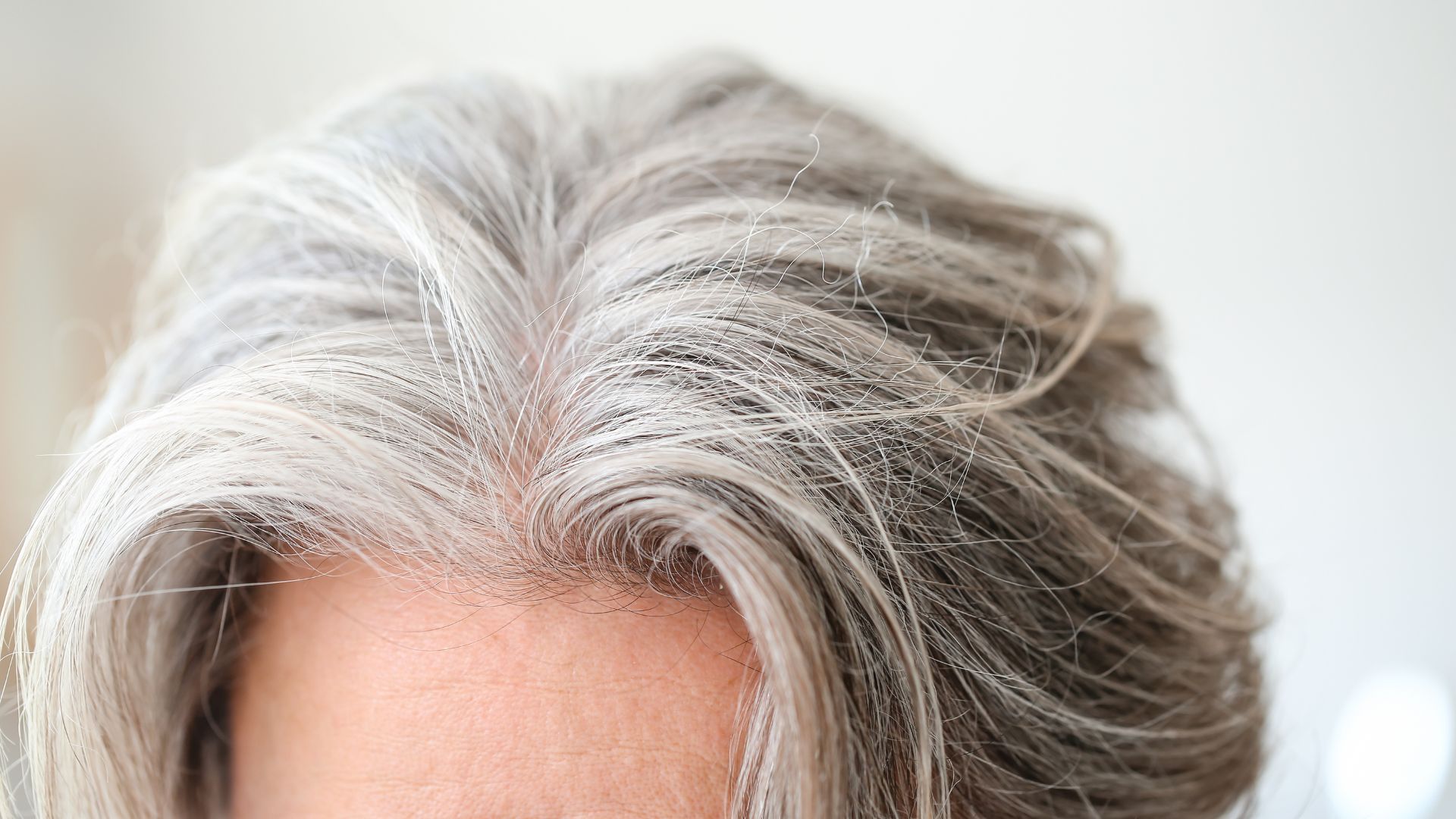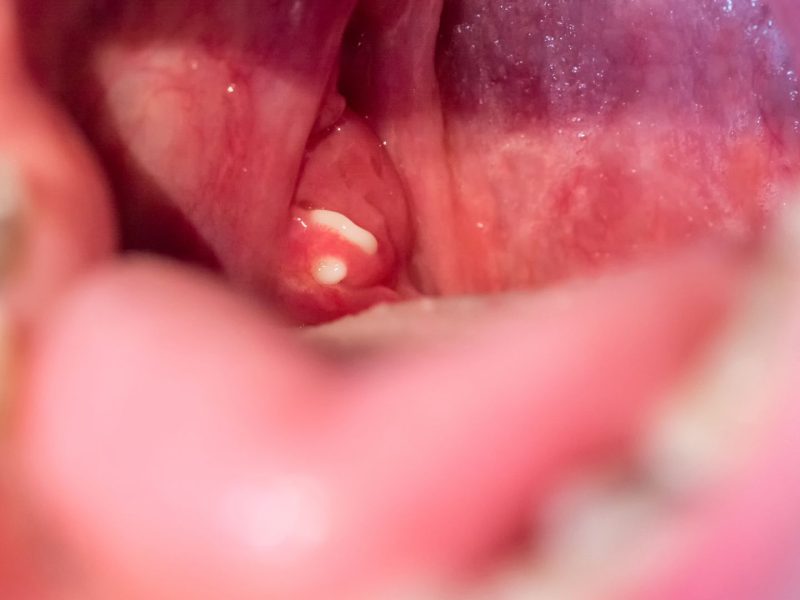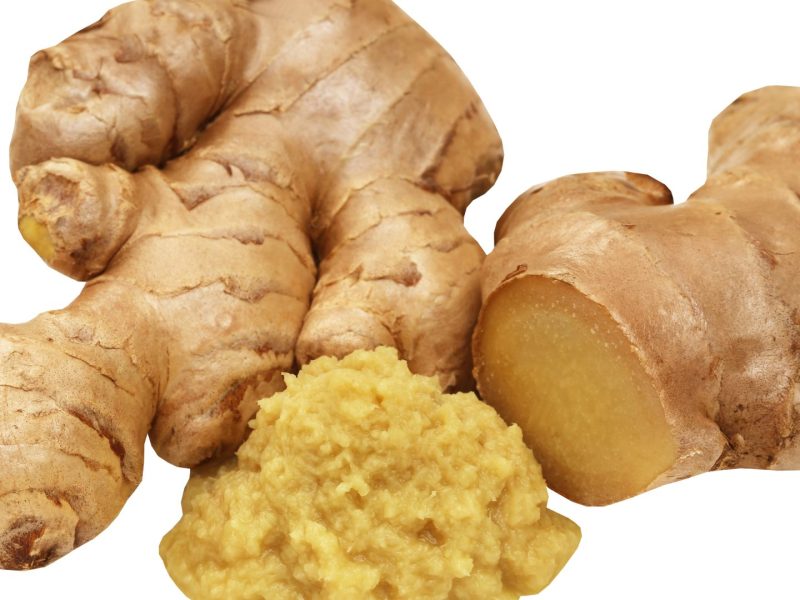As a doctor who has studied the science of aging and hair health for over two decades, I’m often asked: “Why does hair turn grey?” Whether it’s the first silver strand in your twenties or a full head of salt-and-pepper in your fifties, understanding the process behind hair graying can demystify this natural phenomenon.
The Biology of Hair Pigmentation
Our hair color is determined by cells called melanocytes, which produce the pigment melanin. There are two main types of melanin:
- Eumelanin, responsible for black and brown hues.
- Pheomelanin, giving hair red and yellow tones.
When hair follicles divide and grow, melanocytes inject melanin into the keratin cells that form the hair shaft. The amount and ratio of eumelanin to pheomelanin give each individual their unique hair color.
Why Hair Turns Gray: Melanin Decline
As we age, melanocytes gradually lose their ability to produce melanin. Over time, fewer melanin granules are incorporated into new hair strands. When pigment falls below a certain threshold, hair appears gray, silver, or white. In short, grey hair is simply hair without enough melanins.
Key Factors Behind Hair Graying
- Genetics: Your DNA largely dictates when and how quickly your hair turns gray. If your parents experienced early graying, you’re more likely to follow a similar timeline.
- Oxidative Stress: Over time, free radicals accumulate in the hair follicle, damaging melanocytes. Environmental factors like UV exposure, pollution, and smoking accelerate this oxidative stress, leading to premature greying.
- Nutritional Deficiencies: Deficiencies in vitamin B12, iron, copper, and biotin can impair melanin production. A balanced diet rich in antioxidants supports hair pigment and overall hair health.
- Health Conditions: Some autoimmune diseases, thyroid disorders, and vitiligo can affect pigment cells, causing localized or generalized graying.
- Stress and Lifestyle: While stress itself doesn’t directly trigger grey hair, chronic stress can exacerbate oxidative damage and hormonal imbalances, indirectly impacting hair pigmentation.
Can You Prevent or Reverse Greying?
Currently, there’s no scientifically proven way to reverse natural graying permanently. However, certain measures may slow the process:
- Antioxidant-Rich Diet: Foods high in vitamins C and E, selenium, and polyphenols help neutralize free radicals.
- Supplements: Discussing supplements such as biotin, zinc, and vitamin B12 with your healthcare provider may fill nutritional gaps.
- Hair Care Habits: Avoid excessive heat styling and harsh chemical treatments that can stress hair follicles.
- Smoking Cessation: Quitting smoking reduces oxidative stress, preserving melanocyte function for longer.
Embracing Your Silver Strands
While many seek ways to delay graying, grey hair can also be a badge of wisdom and maturity. Embracing your natural color can boost confidence and save time on hair dyes.
Final Thoughts
Grey hair is an inevitable part of aging. It reflects a decline in melanin production influenced by genetics, oxidative stress, nutrition, and health. Although preventing every silver strand isn’t possible, maintaining healthy lifestyle habits can support your natural hair pigment for as long as possible.
Have you noticed early greying or found strategies to care for grey hair? Share your experiences or questions below!



